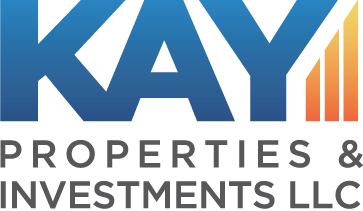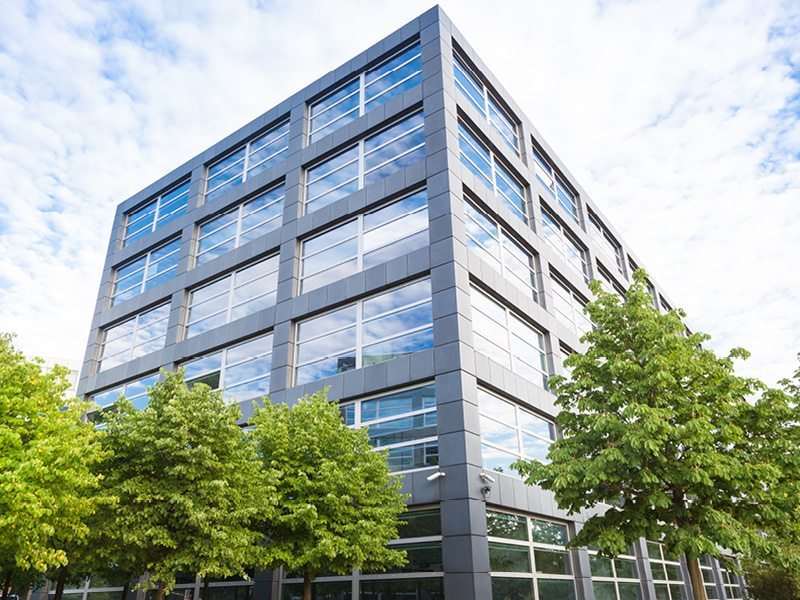DST 1031 properties are comprised of real estate and contain the same risks that all other forms of real estate entail. The following discussion on risks is meant to be an overview of potential risks and not an exhaustive list. We encourage investors to review the risk section of each potential DST 1031 property’s offering materials before investing.
All forms of real estate investing, whether buying homes, duplexes, apartment buildings, commercial properties, including DST 1031 properties, are speculative and involve a high degree of risk. They are considered speculative because there are no guarantees with real estate investing. Investors should be able to bear the complete loss of an investment. All real estate and DST 1031 properties are subject to the risks of increased and ongoing vacancy, tenant bankruptcies, problematic tenants, economic downturns, physical damage, unexpected repairs and maintenance, eminent domain, negative rezoning, blight, environmental damage and liability, and overall valuation fluctuations.
Further risks of real estate and DST 1031 properties include (but are not limited to) no guarantees for projected cash flows, no guarantees for projected appreciation, illiquidity, loss of day-to-day management control, interest rate risk, and potential loss of the entire principal amount invested.
The use of leverage in real estate investments may increase volatility and the overall risk of loss. Furthermore, real estate investments and DST 1031 properties entail fees related to the acquisition, syndication, ongoing management, and eventual disposition of the properties. These fees could materially impact the performance of an investment.
Again, please do speak with your CPA and attorney regarding the risks of investing in DST 1031 properties, along with reviewing the entire offering materials, which provide a full discussion of risks.
IRS Guidelines for DST 1031 Compatibility
When the IRS issued the Revenue Ruling 2004-86 (1), it allowed a properly structured DST to qualify as a like kind 1031 exchange replacement property. Along with this Revenue Ruling, the IRS issued seven “deadly sins,” as we call them, which placed limitations on the trustee of any DST property.
These limitations are:
- Once the offering is closed, there can be no future contributions of capital to the Delaware Statutory Trust or DST by either current or new co-investors or beneficiaries.
- The Trustee of the Delaware Statutory Trust or DST cannot renegotiate the terms of the existing loans, nor can it borrow any new funds from any other lender or party.
- The Trustee cannot reinvest the proceeds from the sale of its real estate.
- The Trustee is limited to making capital expenditures with respect to the property to those for (a) normal repair and maintenance, (b) minor non-structural capital improvements, and (c) those required by law.
- Any liquid cash held in the Delaware Statutory Trust or DST between distribution dates can only be invested in short-term debt obligations.
- All cash, other than necessary reserves, must be distributed to the co-investors or beneficiaries on a current basis, and
- The Trustee cannot enter into new leases or renegotiate the current leases.
The seven deadly sins can be problematic for 1031 exchange investors and potentially trigger unforeseen tax consequences to investors. Most sponsors have structured the DST with master leases, allowing them the flexibility to address some of the issues that the seven deadly sins can create. Also, most sponsors will typically use long-term financing that will potentially allow a DST property to be sold prior to the need to either pay off or refinance the loan on the property. However, there are no guarantees that a master lease or long-term financing can protect investors from unforeseen tax consequences.
Investors should speak with their CPA and attorney for a full discussion of the implications of the DST structure, including the seven deadly sins, prior to making an investment into any DST offering.
All real estate and DST properties entail fees and costs that investors should review and consider carefully with their CPAs and attorneys prior to making an investment. Fees and costs should be weighed carefully against the potential for tax deferral using a 1031 exchange. All fees and costs are outlined in each offering’s Private Placement Memorandum for investors to review and agree to prior to making an investment.
Loan Securitization Risk
Some of the DST 1031 properties are financed with commercial mortgage-backed security (CMBS) financing. This is financing wherein a financial institution will make a loan to a borrower and then package that loan with many other loans in a trust, which is then typically sold to institutional investors looking for income. CMBS financing can pose substantial risks to DST 1031 investors due to the unique structure of CMBS financing and special servicers typically being very aggressive against CMBS borrowers that are in any type of default of the loan provisions. Many institutional buyers of commercial real estate utilize CMBS financing due to the competitiveness of the loan terms and rates offered; however, it is important to note that if an investor is uncomfortable with CMBS financing, he or she should not invest in a DST 1031 property that will be using it. All investors should review with their attorney and CPA the loan details found in the PPM as well as the loan documents provided upon request by the sponsor company regarding any DST 1031 offering.
Again, the risks discussed above are not meant to be an exhaustive list of risks involved with real estate investments and DST properties. We do encourage investors to read each offering’s Private Placement Memorandum (PPM) completely and to pay careful attention to the risk factors section.
(1) http://www.irs.gov/irb/2004-33_IRB/ar07.html

